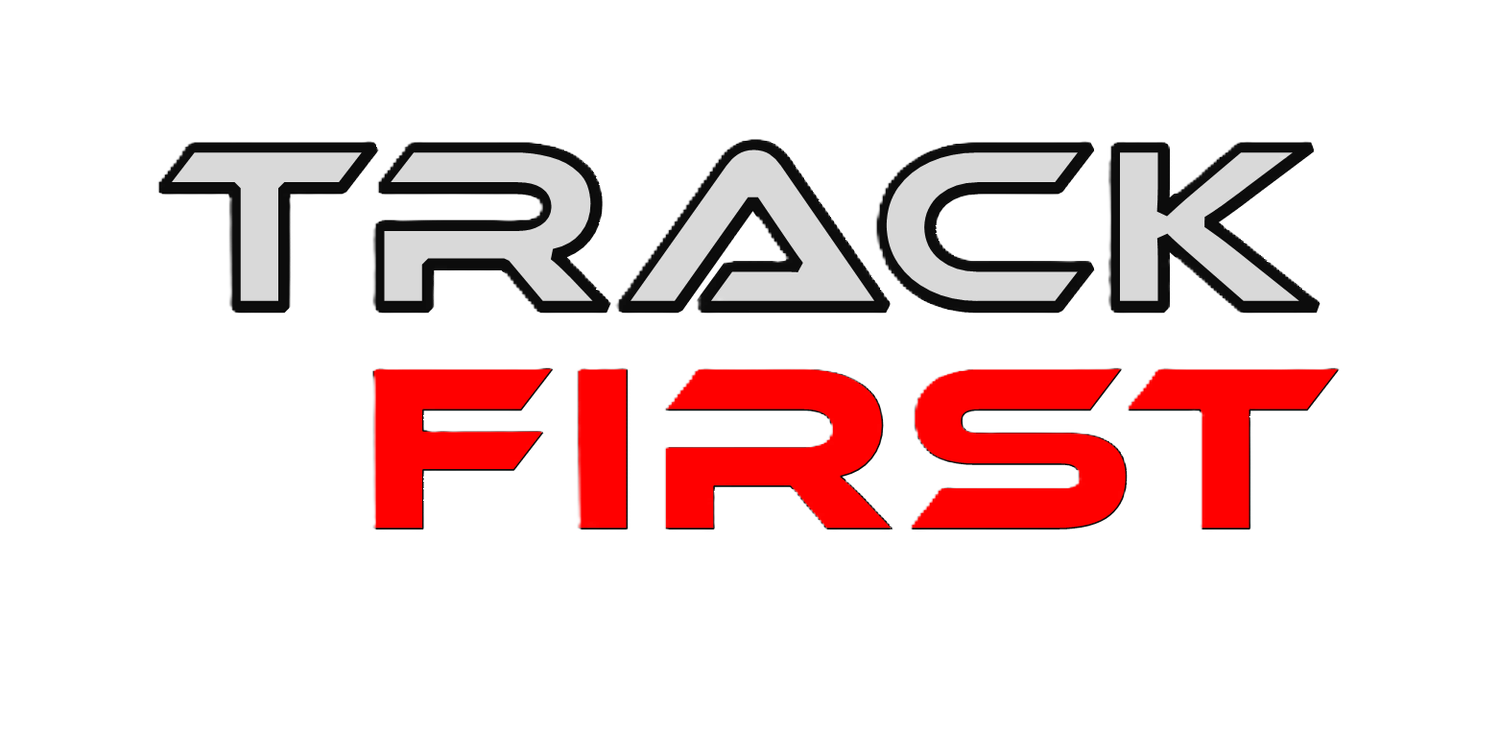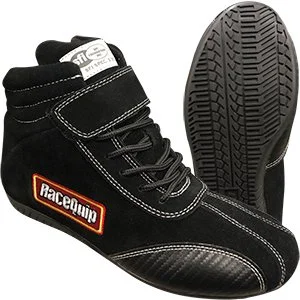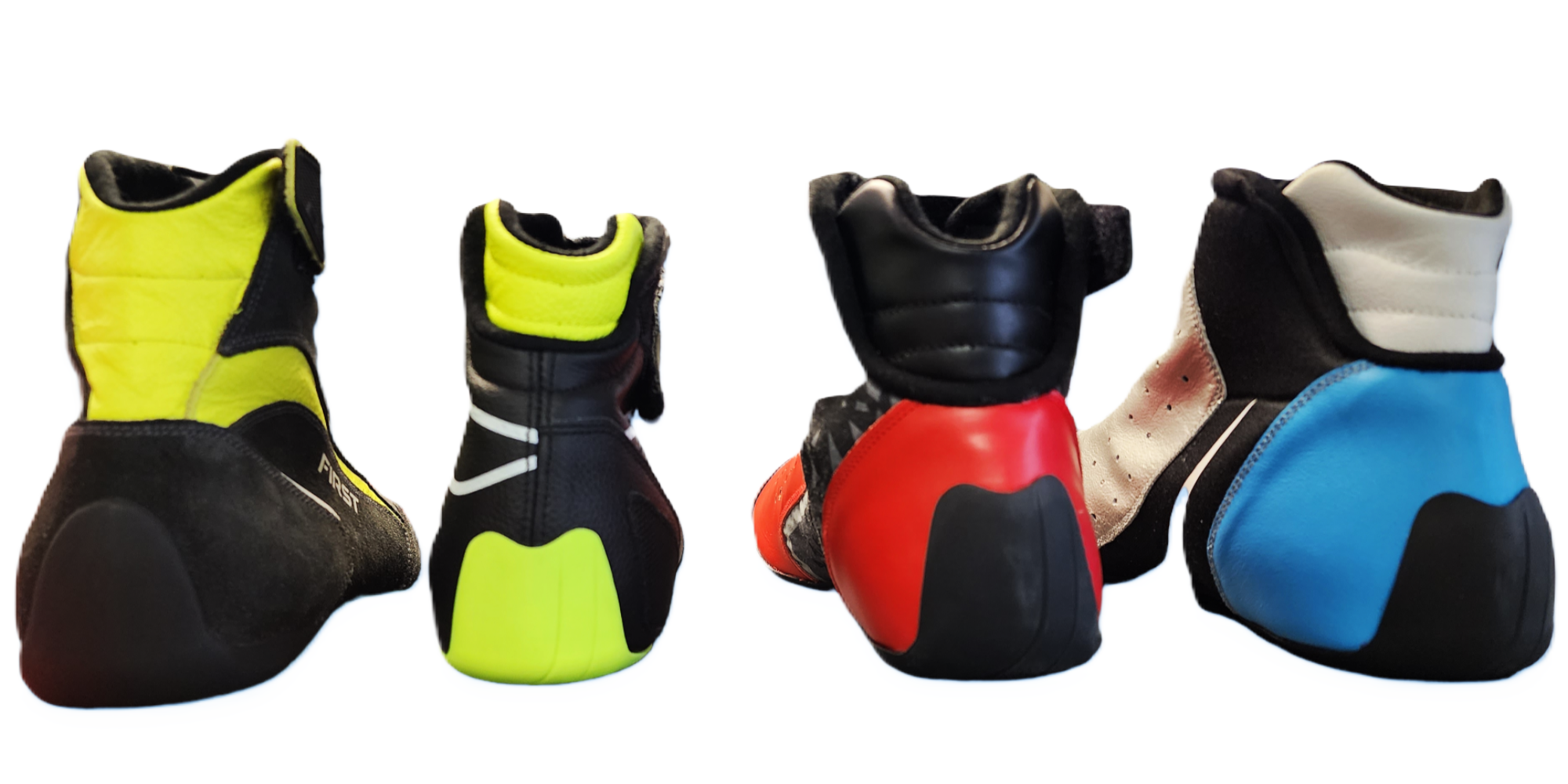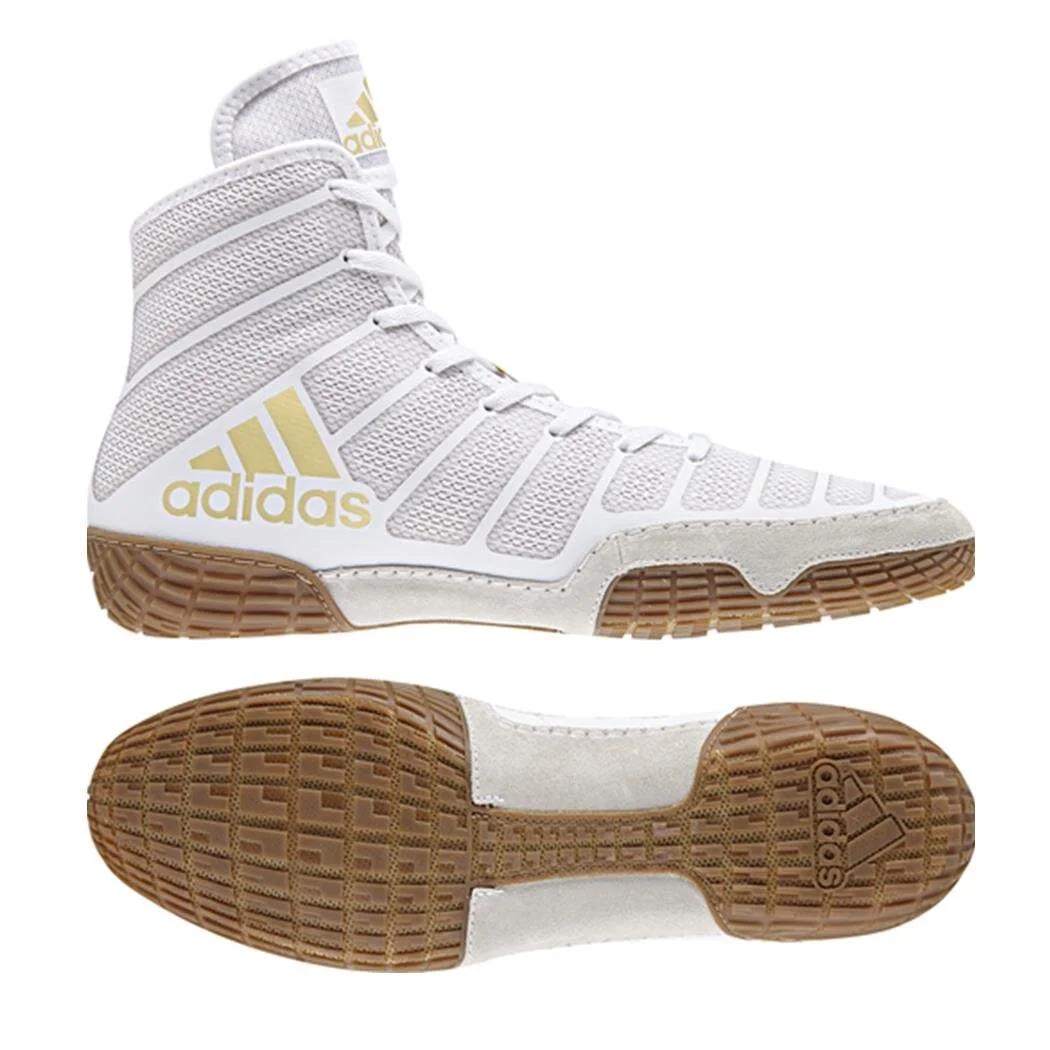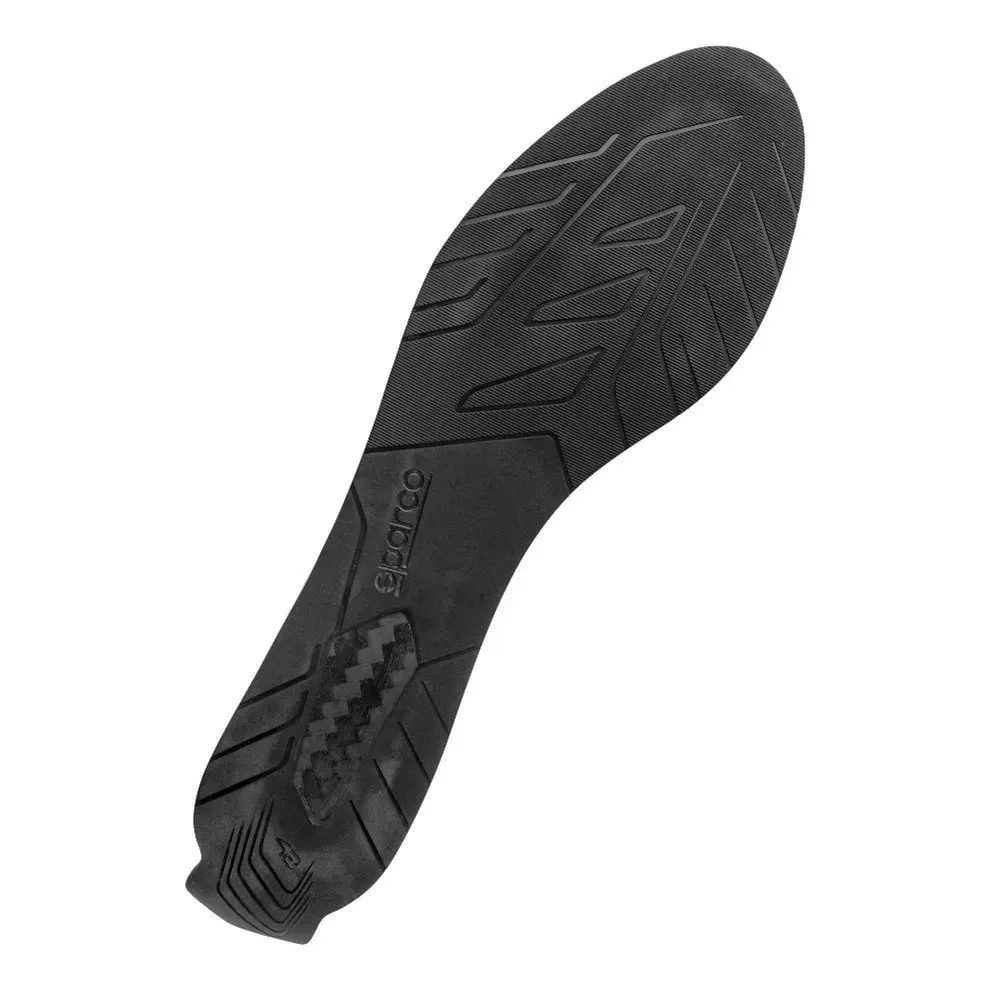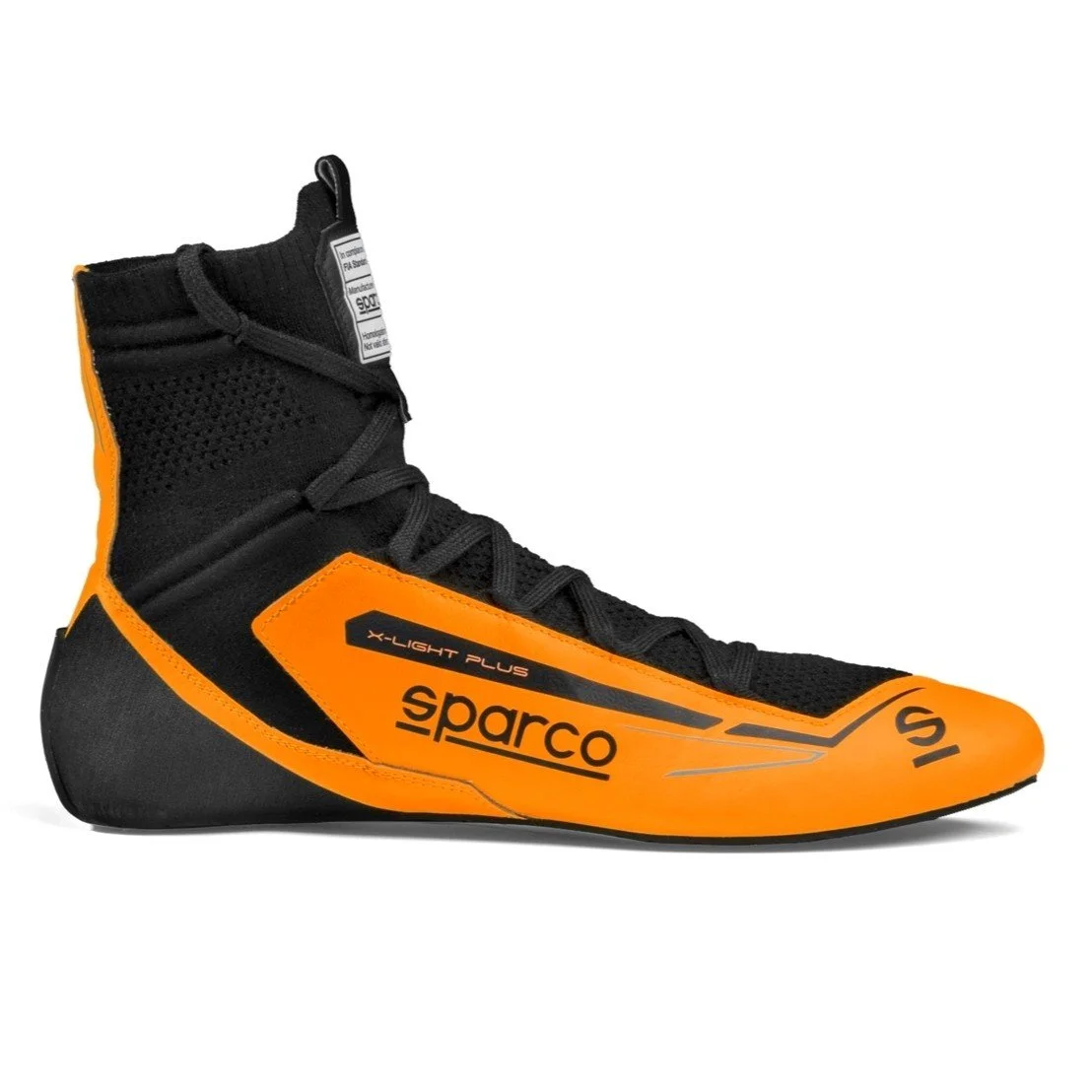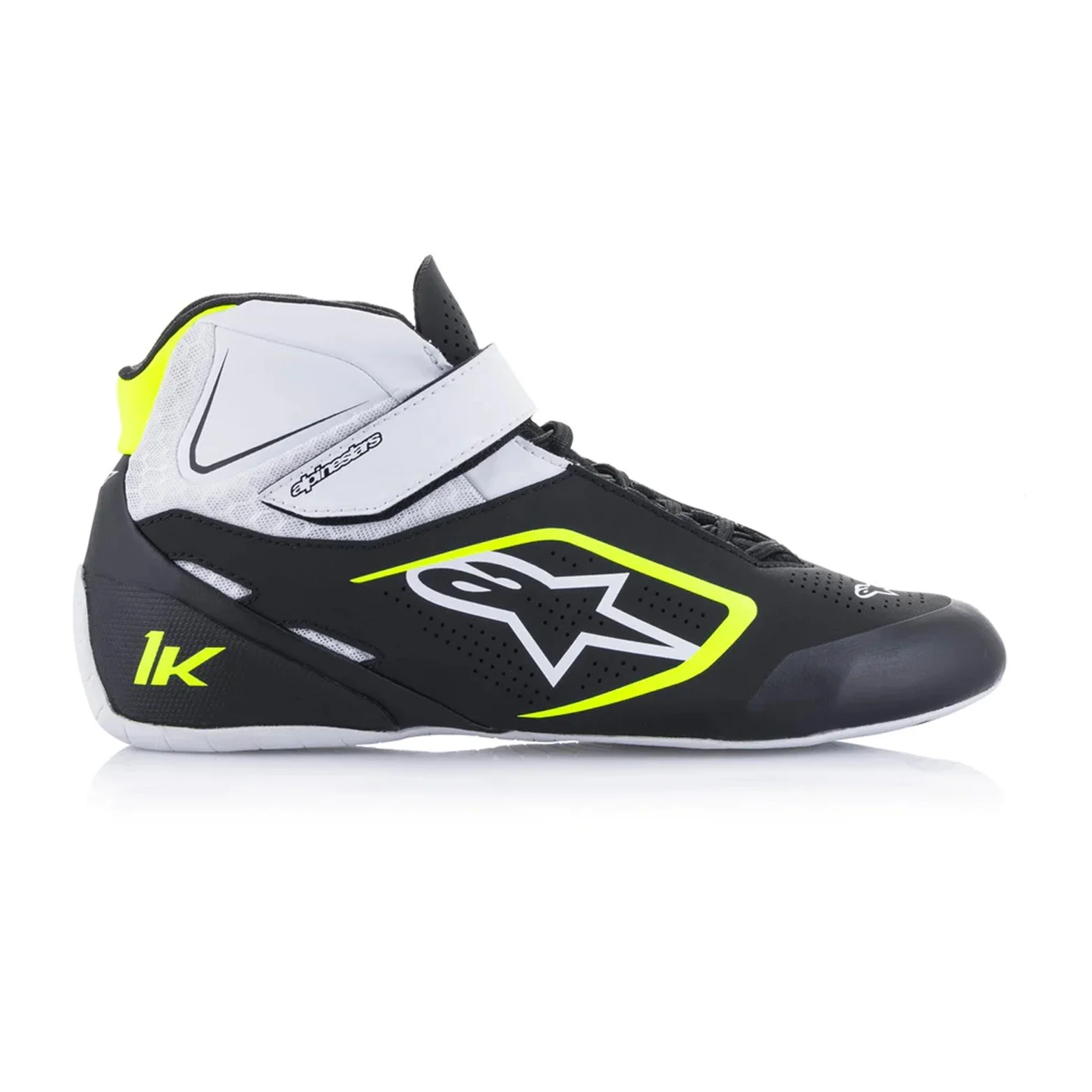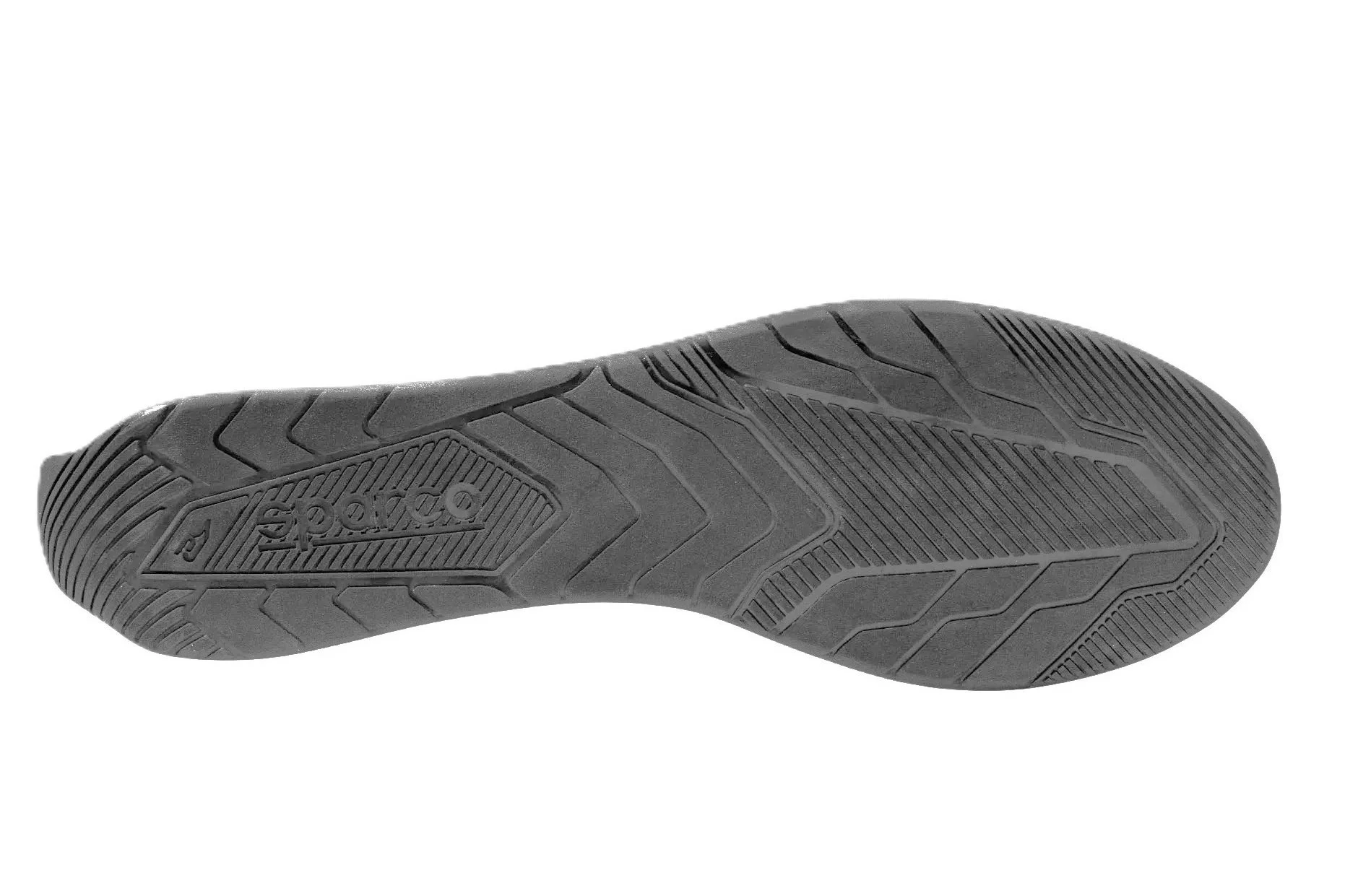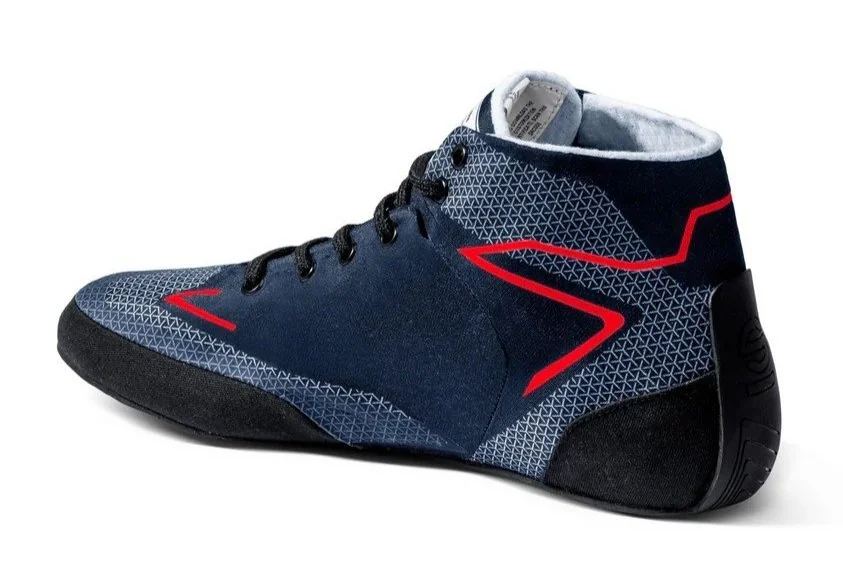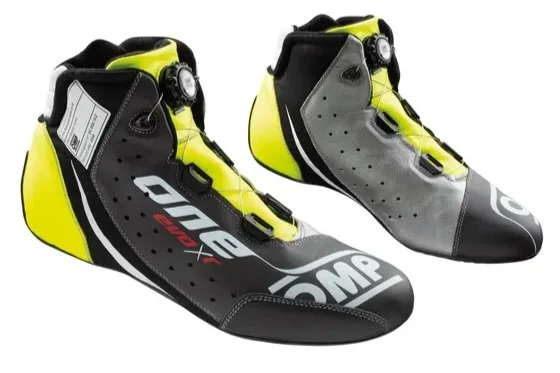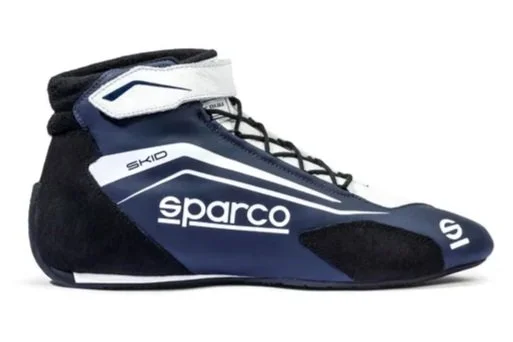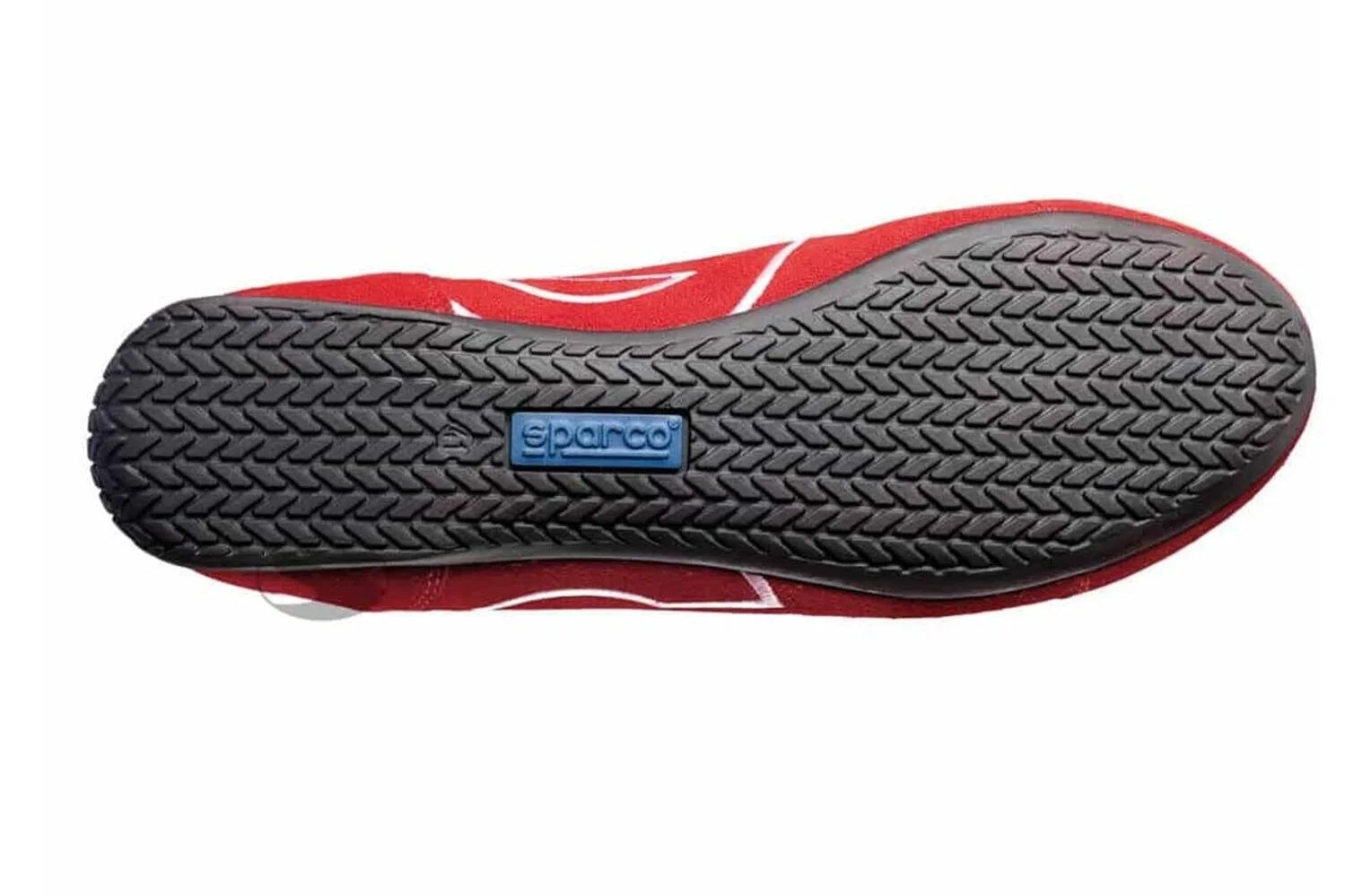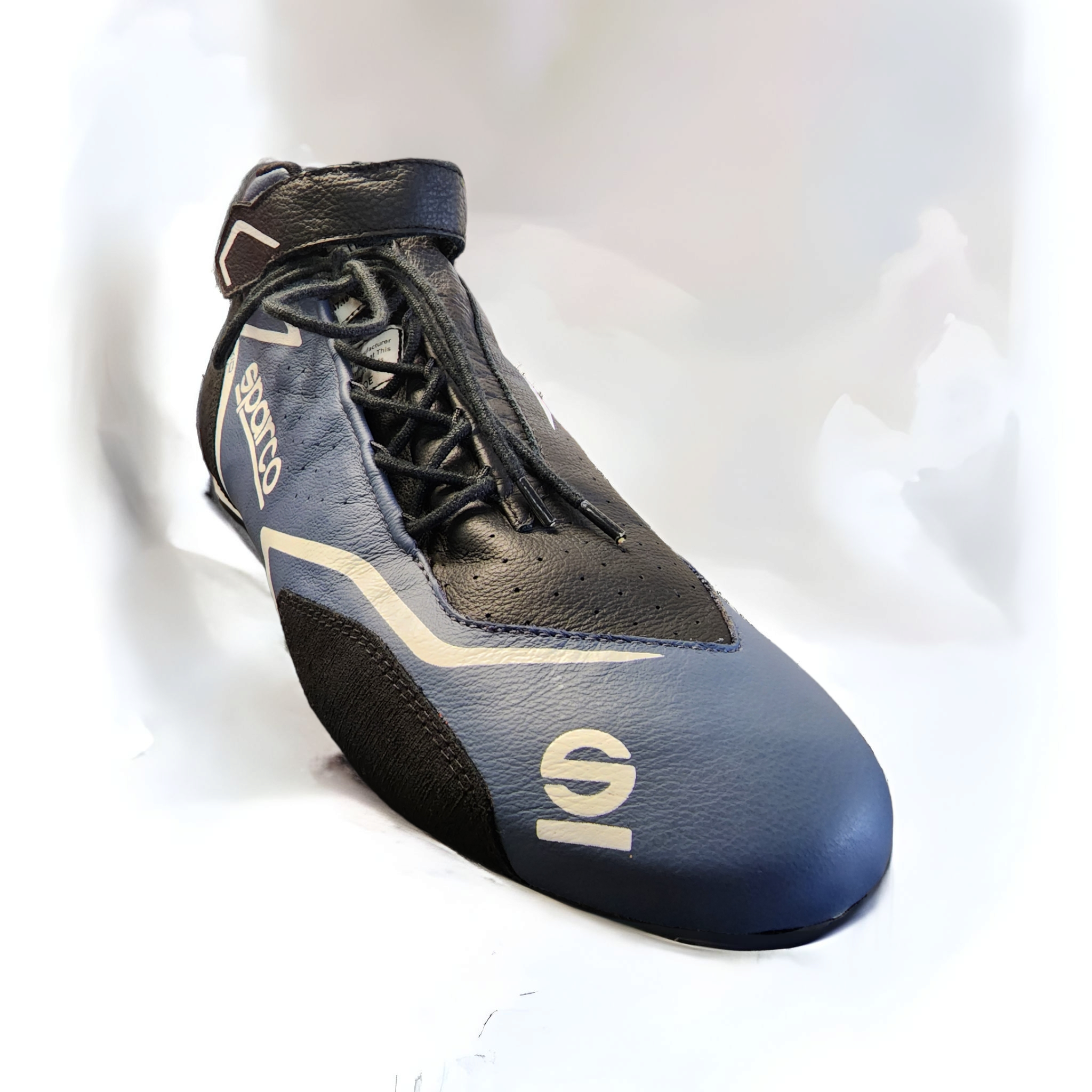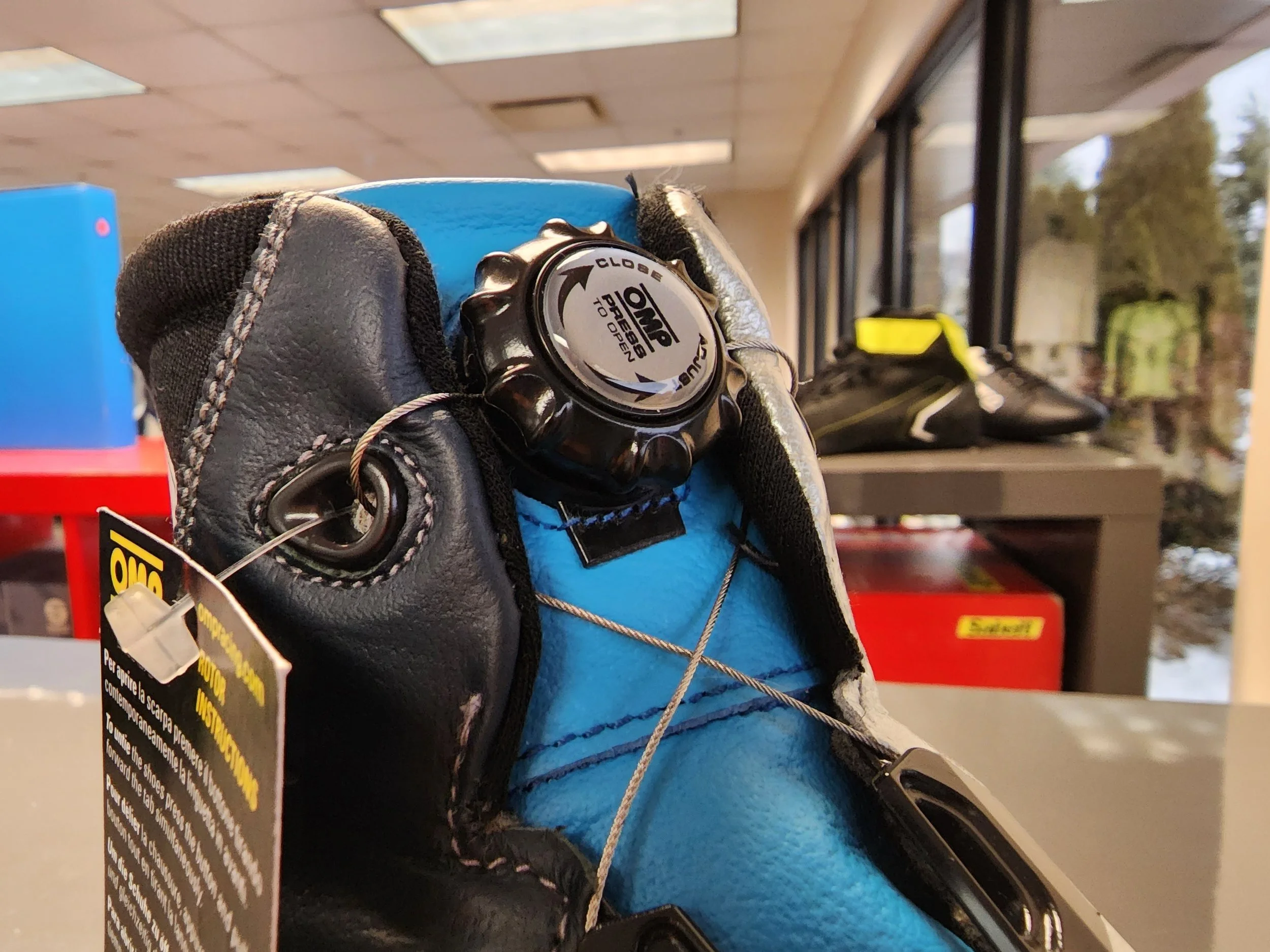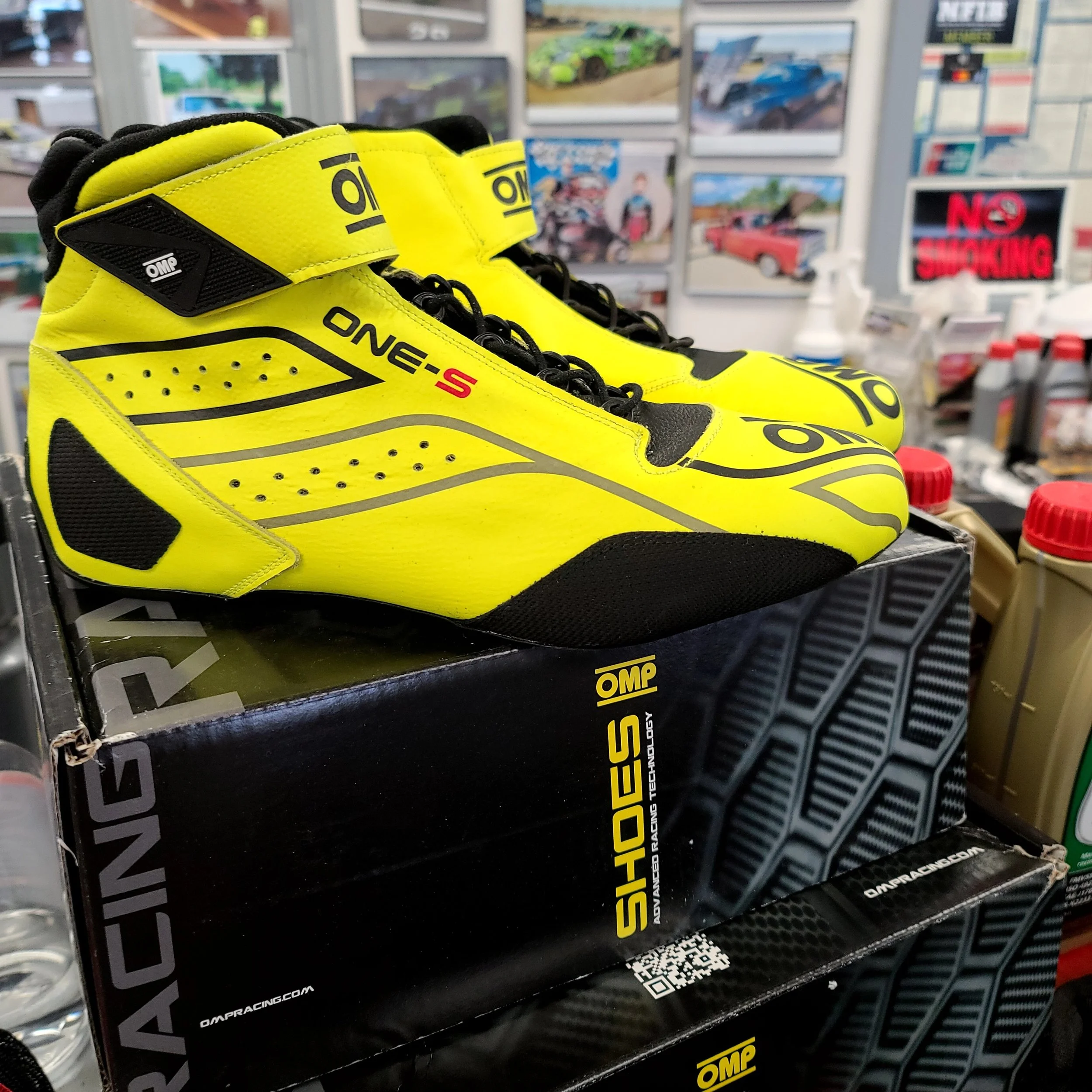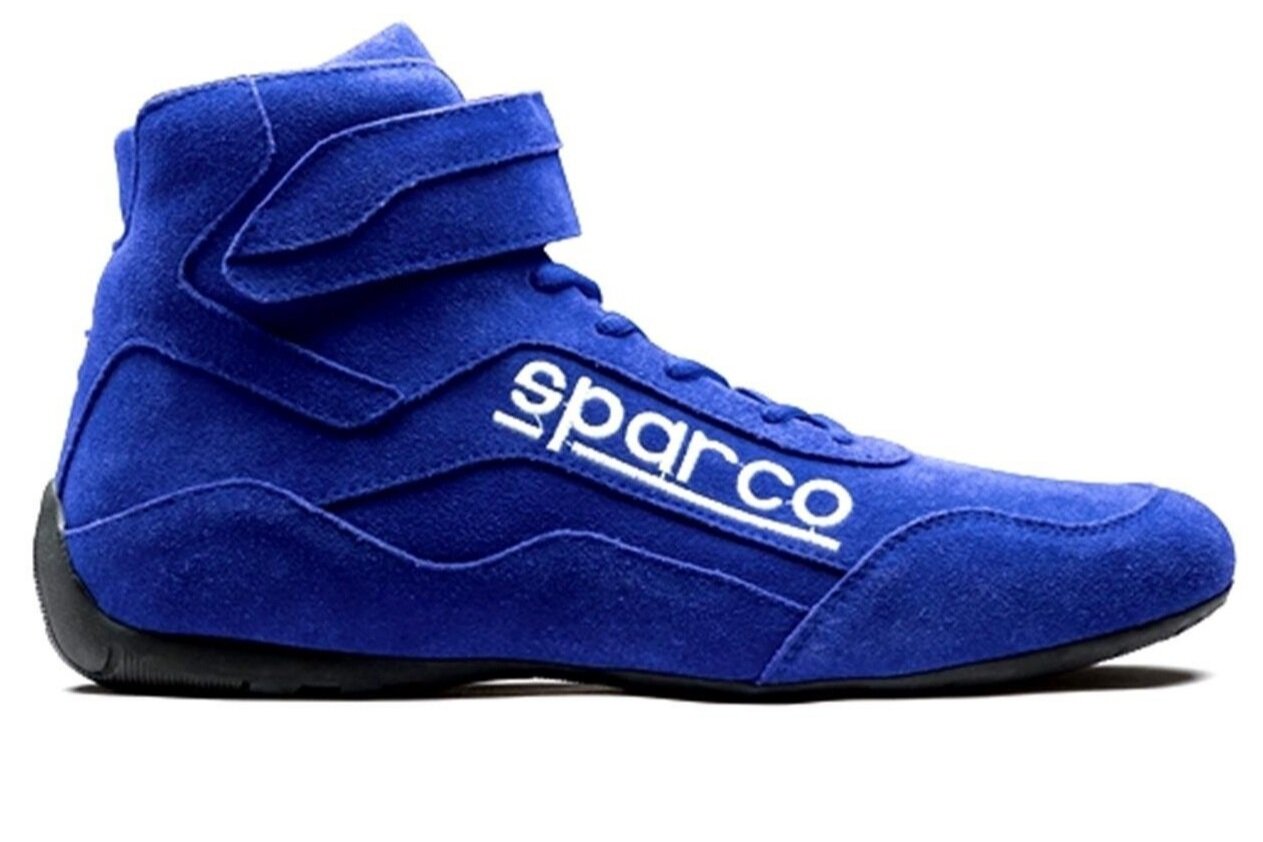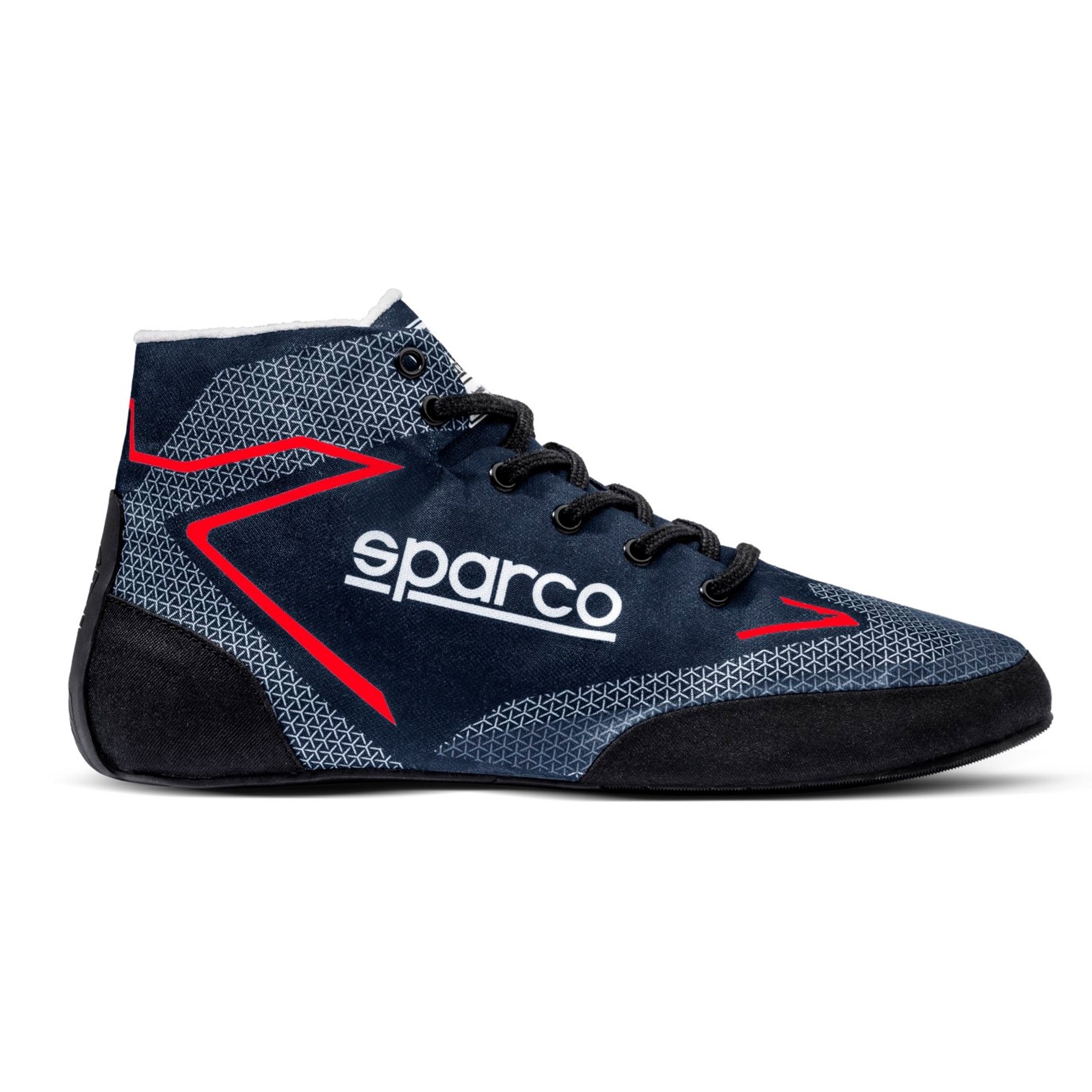
YOUR AUTO RACING SHOE GUIDE
and how/why/what you should choose a racing shoe
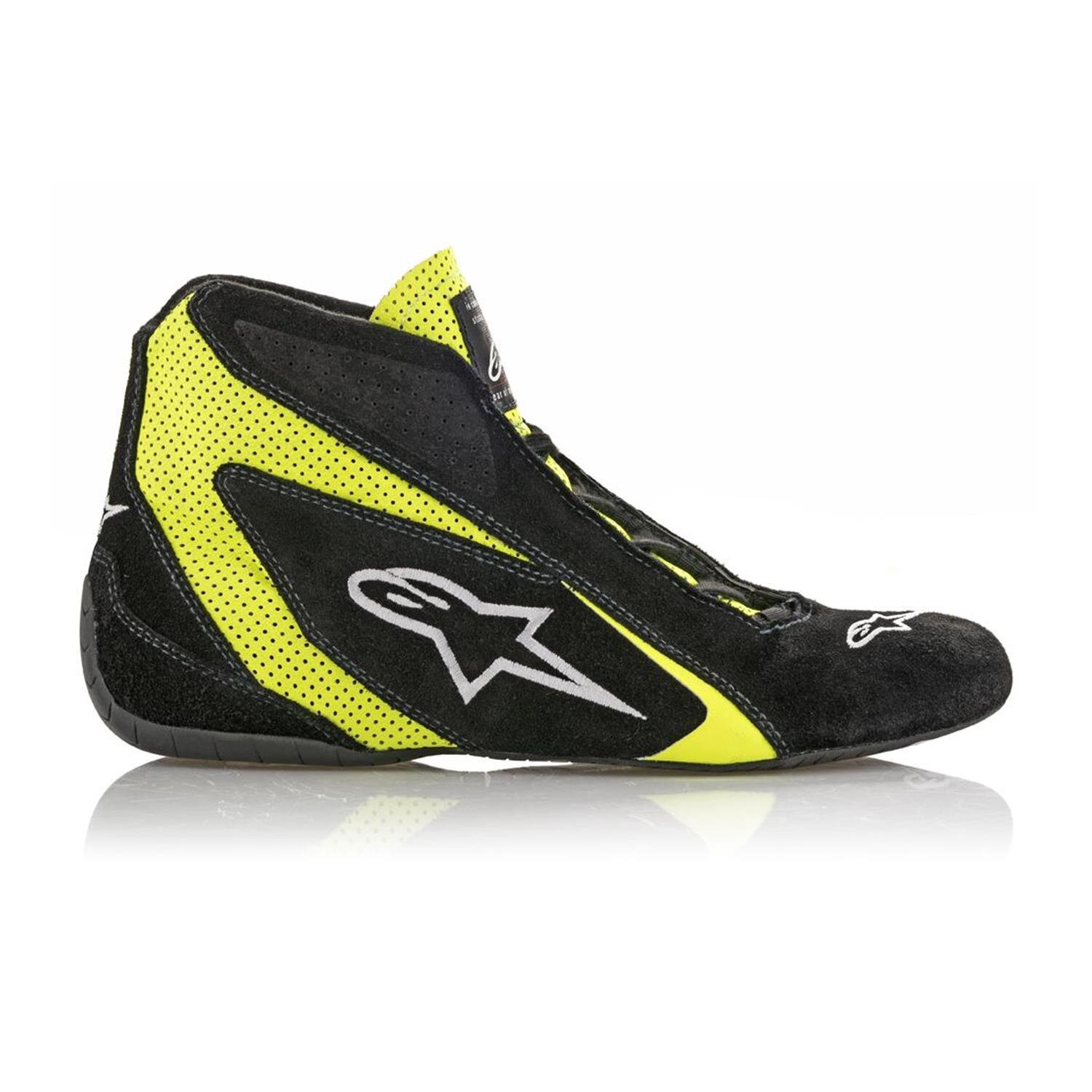
WHY YOU SHOULD BUY A RACING SHOE
AUTO RACING SHOES sport many of the same features - features that are performance focused. Some features are mandated by the safety sanctioning bodies such as the FIA & SFI. Others features are added by the manufacturers for driver comfort, and the unique demands of the sport. Then the Brands will add their unique fabrics, proprietary engineering, innovations, colors, graphic designs, logos, technology, and styling.
SUMMARY of PRIORITY FEATURES (scroll down for full details)
NOTE - These shoes are designed for racing, and not walking the paddock! We judge durability but do not as a feature priority.
SAFETY these shoes are fire-retardant, and must display a SFI or FIA certification tag
THE SOLE will be very flat, slim, thin, and stiffer for optimal pedal feel and control.
THE SOLE will present various grip patterns to avoid foot slippage
The HEEL of a racing shoe heel will be rounded, enhanced and weighted to increase driver foot control and movement.
THE ANKLE area will add cushioned support, closures, and be designed to prohibit fire passage.
THE ACHILLES (back ankle) profile will be engineered for prolonged support with driver comfort.
SMOOTH & ROUNDED profiles - no enhanced edges that could interfere with foot movement
ORGANIC UPPER MATERIALS - for fire resistance
ADDED PATCHES - for durability
BREATHABILITY - creative designs, innovative fabrics & perforations to aid driving comfort with foot cooling and anti-fatigue features
EGRESS - the norm is lacing, yet brands continue to innovate - for speed, convenience, comfort, and a supportive fit.
THE WEIGHT - pro-racers seek the lightest shoes - and so will you.
THE FIT - ‘fit-like-a-glove’
We were asked ‘why not buy a wrestling shoe? Because they are not an auto racing shoe!
A senior HPDE instructor told us he was advising his students to buy wrestling shoes because they were a cheaper alternative to a race shoe implying they performed equally. This we dispute. First wrestling shoes are not cheaper (SFI rated shoes pricing starts at $70.) Secondly, the shoes profile may be similar with a high ankle support, but that is where the similarity stops AND remember they are not fire-retardant! Plus, wrestling shoes soles are thicker, and are made to be flexible with a strong floor grip - the opposite of racing shoes.
NOTE: Karting shoes are an HPDE, Track Day alternative (but not if you are racing.) The shoes share most of the same features as auto racing shoes. Yet, they are less expensive since they are not required to be fire-retardant allowing manufacturers to use man-made fabrics. And they are not required to have the added Nomex lining.
IN DETAIL- WHY ALL THIS MATTERS
THE SOLE of a racing shoe is flat, slim, thin and stiffer for optimal pedal feel and foot control.
The sole sports a much lesser grip, especially when compared to conventional driving shoes. It is presumed your feet will be doing a lot of quick work, and nothing should impede this effort or your feel of the pedal. Note, there are no sharp edges - everything has been smoothed and rounded. Nothing should interfere with your pedal control and access.
THE SOLE’s grip and design will vary with the brand, the function, and how much you paid. The higher priced shoes are designed to meet the demands of professional racing with exclusive state-of-the-art features and the lightest technology. For example road race drivers want pedal feel, so the sole is thin, stiff and very flat. Oval racers need more grip, and durability.
THE INNER SOLE of the shoe will offer minimum flex and almost no arch support. Walking the paddock in your racing shoes is never advised.
THE HEEL is weighted, rounded and pronounced. The thicker (compared to the sole,) heavier heel is to balance and anchor the foot. Some race shoes have advanced technical designs with asymmetrical heels and other innovative structures. The rounded, rubber heels are designed for quick, smooth gear shifting and heel-toe movement.
THE ANKLE & HEIGHT design can be classed as high, mid or low. rear design. Some racing disciplines specify the height. In general, the taller designs offer more ankle support with greater fire protection, but are are harder to egress. Mid-height shoes are the most popular.
THE ACHILLES (back ankle) cut-out is designed to offer comfort and back-heel support without restricting movement or aggravating your Achilles tendon. This also helps prevent heel rub and other foot irritations associated with frequent gear shifting. (Discomfort is a distraction and distractions affect both safety and performance.)
MATERIALS have to be both flame resistant and fire retardant. Most common fabric used is leather or suede. In addition with an aramid (usually Nomex) interior lining, and a flame retardant sole. Many manufacturers will mix-and-max materials to aid durability, reduce weight, and maximize breathability.
LEATHER UPPERS are preferred for their suppleness, fit, weight (less) and durability, but generally, at a significant price increase. Pro-racing shoes will most likely sport an even more supple leather, usually a Kangaroo leather (note - they are a pest in Australia.) Kangaroo leather is softer yet supportive, more durable, more breathable and better retains its form.
BREATHABILITY look for designs that promote air flow. This usually includes inserting fabric areas and perforations. Any fabric used must be fire-retardant so unique to the industry - and hence expensive.
THE LACING be aware the laces are generally long and very tedious/time consuming to tie. The laces also have to be contained and stopped from coming caught or undone. Manufacturers continue to innovate to solve these issues and make egress both efficient, secure and quicker. You will find asymmetric lacing, ankle straps, sock systems, rotor lacing & no-lace systems.
We recommend the asymmetric lacing cut. There is a major artery running the length of your upper foot. As your foot becomes hotter and expands this will compress the artery - building up lactic acid - cramping and fatiguing your feet.
THE ALL IMPORTANT FIT. The shoes are designed to be comfortable, as light as possible, and fit ‘like a glove,’ but the design bias is for optimum driving performance.
REMEMBER - Be kind to your feet. A comfortable fit is important. (The shoe should fit with no distractions) NOTE: The length is not so critical but the toe width span is. Unlike walking, the foot will be resting on the heel and not being forced forward.
REMEMBER these shoes do not stretch. Leather shoes may ‘give’ a bit more than the suede - but do not risk it. Get the fit right the first time. An ill-fitting shoe becomes a distraction and that is both a safety and a performance issue!
REMEMBER your feet will most likely get hot and expand within the shoes - take this into consideration when choosing your racing shoe.
THE WEIGHT The fit and safety features are more important, but to racers the weight, or lack of it, is a performance bonus.
REMEMBER
The shoes have very little arch support - they are for driving.
The sole is flat for optimum pedal feel.
The heel is weighted to anchor your foot.
When trying on the shoes wear them sitting down, in your typical driving position - heel on the ground and ready to flex side-to-side.
Since this is the position the shoes are designed for, make sure it is in this position that the shoes are the most comfortable.
Racing shoes may ‘give’ a little - but do not rely on it. Choose a shoe that fits comfortably the first time. Toe-box comfort is critical. Your feet will get hot and expand - take this into consideration.
Walking moves your foot forward, driving moves the foot backwards. Most racers choose a shoe that closely matches the length of their foot, and this can be a smaller size than their normal shoes.
Choose a brand, model and size that fits your feet. Try not to make your budget the priority. Comfort is always critical to performance, AND to retaining your focus & safety.
They are also delicate creatures, and need to be protected from the elements, including all those garage fluids. Oil spots on your shoes become heat and flame paths., so not great for walking around the paddock, (bring another shoe for that.)
Each major brand has their state-of-the-art shoe They will be light, soft, and highly engineered to maximize driver performance, comfort & safety.
BUT YOU CAN BUY A GREAT RACING SHOES starting around $100
AUTO RACING SHOES sport many of the same features - features that are race driven. Some features are dictated by the safety sanctioning bodies such as the FIA & SFI. Others features are added by the manufacturers for driver comfort, safety and the unique demands of the sport. Then the Brands will add their unique fabrics, proprietary engineering, innovations, colors, graphic designs, logos, technology, and styling.
SUMMARY of PRIORITY FEATURES (scroll down for full details)
NOTE - These shoes are designed for racing, and not walking the paddock!
THE SOLE will be very flat, slim, thin, and stiffer for optimal pedal feel and control.
THE SOLE will present various grip patterns to avoid foot slippage
The HEEL of a racing shoe heel will be rounded, enhanced and weighted to increase driver foot control and movement.
THE ANKLE area will add cushioned support, closures, and be designed to prohibit fire passage.
THE ACHILLES (back ankle) profile will be engineered for prolonged support with driver comfort.
SMOOTH & ROUNDED profiles - no enhanced edges that could interfere with foot movement
ORGANIC UPPER MATERIALS - for fire resistance
ADDED PATCHES - for durability
CREATIVE DESIGNS & FABRICS to aid breathability & egress for driver comfort and convenience.
THE WEIGHT - pro-racers seek the lightest shoes - and so will you.
LACING - methods to reduce the procedure without compromising fit, feel & comfort.
IN DETAIL- WHY IT ALL MATTERS
THE SOLE of a racing shoe is flat, slim, thin and stiffer for optimal pedal feel and foot control.
The sole sports a much lesser grip, especially when compared to conventional driving shoes. It is presumed your feet will be doing a lot of quick work, and nothing should impede this effort or your feel of the pedal. Note, there are no sharp edges - everything has been smoothed and rounded. Nothing should interfere your pedal control and access.
THE SOLE’s grip and design will vary with the brand and the function. The higher priced shoes are designed to meet the demands of professional racing with exclusive state-of-the-art features and the lightest technology.
THE INNER SOLE of the shoe will offer minimum flex and almost no arch support
THE HEEL is weighted, rounded and pronounced. The thicker (compared to the sole,) heavier heel is to balance and anchor the foot. Some race shoes have advanced technical designs with asymmetrical heels and other innovative structures. The rounded, rubber heels are designed for quick, smooth gear shifting and heel-toe movement.
THE ANKLE design can be classed as high, mid or low. rear design. Some racing disciplines specify the height. In general, the taller designs offer more ankle support with greater fire protection, but are are harder to egress. Mid-height shoes are the most popular.
The back ankle (Achilles) cut-out is designed to give back-heel support without restricting movement or aggravating your Achilles tendon. This also helps prevent heel rub and other foot irritations associated with frequent gear shifting. (Discomfort is a distraction and distractions affect both safety and performance.)
MATERIALS have to be both flame resistant and fire retardant. Most common leather or suede. In addition an aramid (usually Nomex) interior lining, and a flame retardant sole. Many manufacturers will mix-and-max materials to aid durability, reduce weight, and maximize breathability.
Pro-racing shoes will most likely sport a supple leather, often Kangaroo leather (they are a pest in Australia.) Kangaroo leather is softer, durable, more breathable and better retains its form.
BREATHABILITY look for designs that maximizes air flow. This usually include adding fabric and perforations utilize a lacing system that will never distract or impede the driver, and a design that will maximize breathability with perforated leather or the insert of other technical (fire-retardant) fabrics.
THE LACING be aware the laces are generally long and very tedious/time consuming to tie. The laces also have to be contained and stopped from coming caught or undone. Manufacturers continue to innovate to solve these issues. You will find asymmetric lacing, ankle straps, sock systems, rotor lacing & no-lace systems.
THE ALL IMPORTANT FIT.
The shoes are designed to be comfortable, as light as possible, and fit ‘like a glove,’ but the design bias is for optimum driving performance.
REMEMBER - Be kind to your feet. A comfortable fit is important. (The shoe should fit like a glove.) The length is not so critical but the toe width span is. Unlike walking, the foot will be resting on the heel - in fact some drivers go down half a size. Remember these shoes do not stretch. Get the fit right the first time. An ill-fitting shoe becomes a distraction and that is both a safety and a performance issue!
REMINDERS
The shoes have very little arch support.
The sole is flat for optimum pedal feel.
The heel is weighted to anchor your foot.
When trying on the shoes wear them sitting down, in your typical driving position - heel on the ground and ready to flex side-to-side.
Since this is the position the shoes are designed for, make sure it is in this position that the shoes are the most comfortable.
Racing shoes may ‘give’ a little - but do not rely on it. Choose a shoe that fits comfortably the first time. Toe-box comfort is critical. Your feet will get hot and expand - take this into consideration.
Walking moves your foot forward, driving moves the foot backwards. Most racers choose a shoe that closely matches the length of their foot, and this can be a smaller size than their normal shoes.
IN SUMMARY Choose a brand, model and size that fits your feet. Try not to make your budget the priority. Comfort is always critical to performance, AND to retaining your focus & safety.
They are also delicate creatures, and need to be protected from the elements, including all those garage fluids. Oil spots on your shoes become heat and flame paths., so not great for walking around the paddock, (bring another shoe for that.)
Each major brand has their state-of-the-art shoe They will be light, soft, and highly engineered.
BUT YOU CAN BUY A GREAT RACING SHOES starting around $100 - our favorite….
Brands do offer less expensive shoes. In general they will be not so light, stiffer and the sole thicker. Our favorite is the Sparco Race 2. it is a tough, comfortable shoe with a good, high ankle fit. We have found the foot platform fits most feet, even those customers with wider feet. Available in red, blue and black. Sizes 7 - 13.
REMEMBER - Be kind to your feet. A comfortable fit is important. (The shoe should fit like a glove.) The length is not so critical but the toe width span is. Unlike walking, the foot will be resting on the heel - in fact some drivers go down half a size. Remember these shoes do not stretch. Get the fit right the first time. An ill-fitting shoe becomes a distraction and that is both a safety and a performance issue!
